True wireless gaming earbuds are picking up some steam these days, and now Logitech is throwing its hat into the ring. While it’s certainly proven itself in the gaming headset world, though, this first step into an in-ear design isn’t quite as successful as I had hoped for. I was taken aback by the $229.99 / £229 price tag when I first received the Logitech G Fits, and even more so once they were in-ear. Yes, the tip design that molds itself directly to the shape of your ears is impressive, but the G Fits feel like an excuse to show this tech off, rather than being the high-performance gaming earbuds one might expect from this price point. I took these gargantuan buds out for a test drive over the course of three weeks, to see exactly how they fare in a day to day setting.
| Price | $229.99 / £229 |
| Connection | Lightspeed / Bluetooth 5.2 |
| Dual connection | Yes |
| Driver | 10mm |
| Frequency response | 20Hz – 20kHz |
| Microphone | Dual beamforming |
| ANC | None |
| Weight | 7.2g each |
| Additional ear-tips | None |
| Controls | Touch controls |
| Battery | 7 hours (Lightspeed) + 8 hours with case / 10 hours (Bluetooth) + 12 hours with case |
| Compatibility | PC, PS5, PS4, Nintendo Switch, mobile |
Design
- Chunky rubber ear tips are comfortable for long sessions
- Personalized molded design is neat but can only be set up once
- Case lacks the expected build quality at this price
That giant dome of rubber was the first thing I noticed about the Logitech G Fits. Somewhat unceremoniously cramped into a vacuum sealed packet in the box, I was unsure whether this bulbous material was extra packaging or the main event. It’s by no means an attractive look (I would have much preferred a solid color rather than the clinical translucent aesthetic), but a design of necessity. That’s because this mass of rubber will heat up when first paired with the G Fits app, to contour itself to your own ear’s shape. The process is by no means uncomfortable – in fact, the app makes it seem worse than it is – and consists of a slight heat within the buds as they use LEDs to melt and harden, in theory producing the perfect seal.
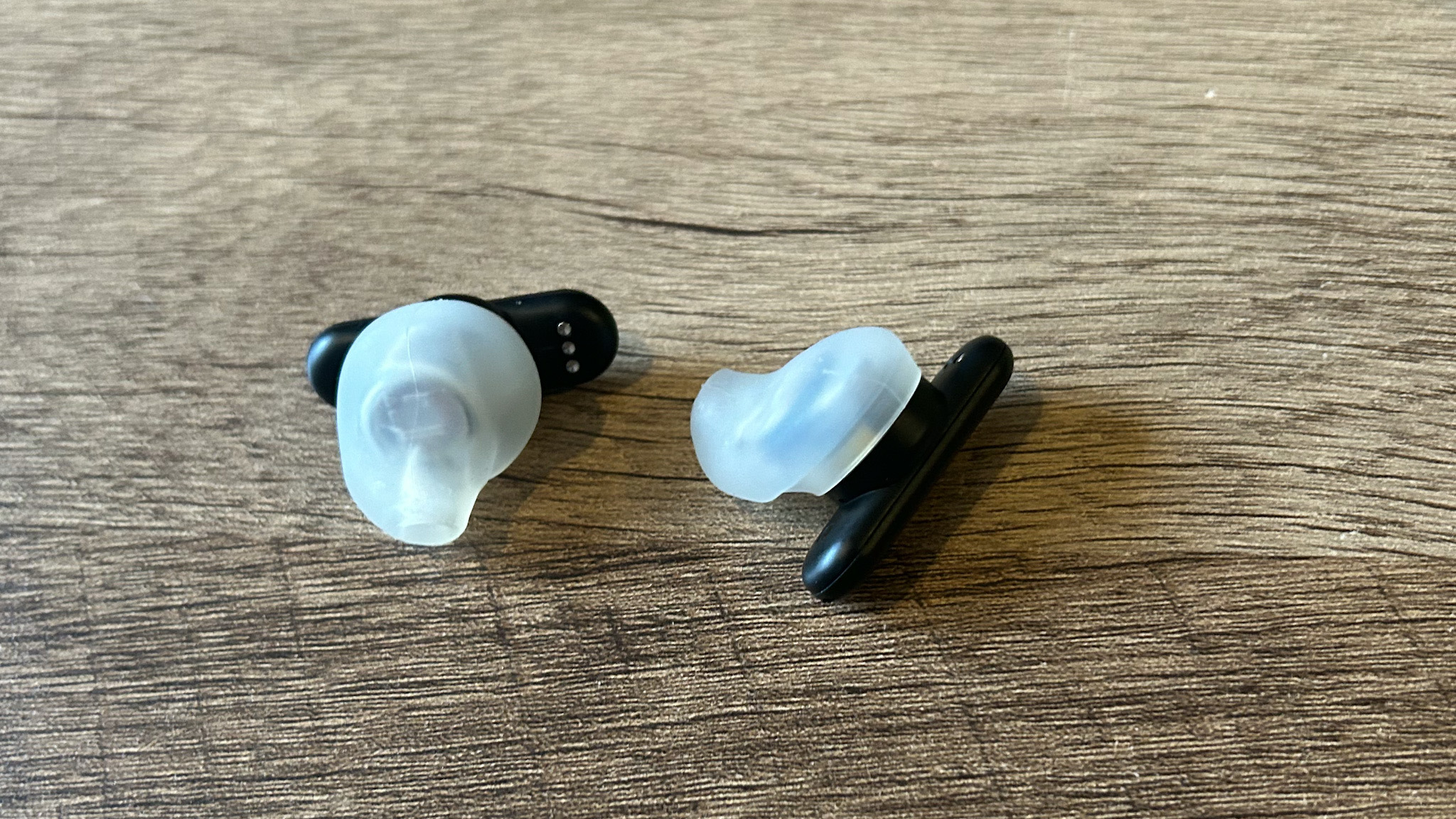
There’s one major drawback to this design, though. This process can only happen once. That means you’ll be stuck with the shape you create after that first setup, and if you didn’t fully insert the buds or shifted them during the process that’s a costly mistake to make. I felt I had a solid fit after completing this ‘Lightform Molding’ operation, though, and the Logitech G Fits remained comfortable and secure throughout my testing. They certainly weren’t bomb-proof; moving my face dislodged their grip several times, but I was confident walking and running with these in place.
That larger ear-tip design does make the stems seem comically small, and there was something about having the charging pins at the top of these stems that stumped me for a brief moment every time it came to putting them in. Similarly, slotting them into the charging case was a slight puzzle in itself for the first week or so.
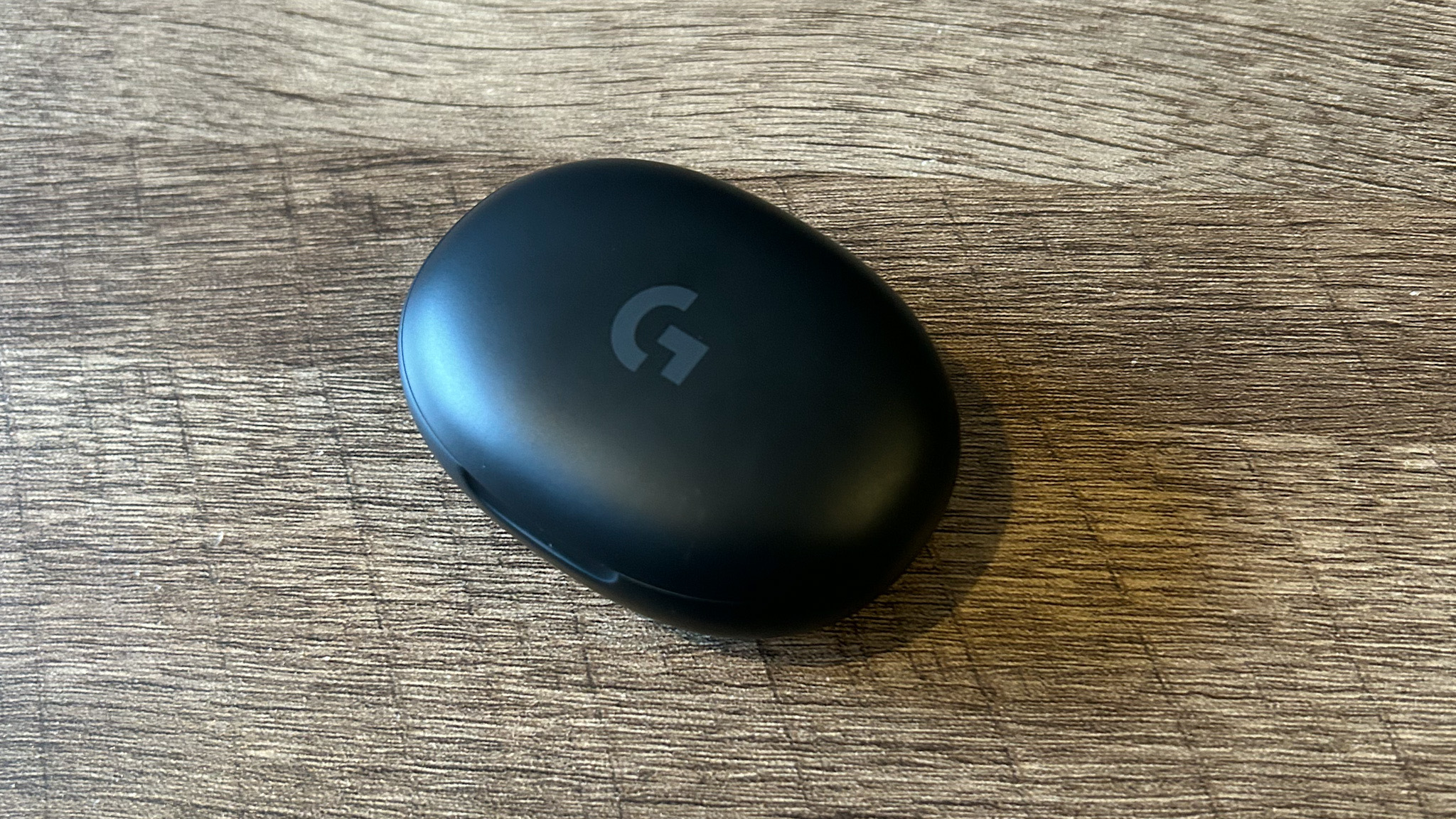
That said, the earbuds themselves feel to be of a solid quality, with a robust tip section and nicely chunky stem. The case, on the other hand, was a little disappointing. With a thin plastic construction and a flimsier hinge than I would have liked, this doesn’t feel like a $200+ product. For reference, I’m also testing the Razer Hammerhead Hyperspeed, a $149.99 set of true wireless earbuds, and the matte-finish, magnetically closing case feels far more premium.
Features
- Switching between connections is finicky
- Onboard controls are limiting
- Nice range of onboard EQ controls and presets
The Logitech G Fits have been designed to cater to gaming audiences first and foremost. That means you’re getting the obligatory 2.4GHz connection (via a Frankenstein’s monster of a dongle), as well as Bluetooth 5.2 to your phone or PC. That’s two connectivity options, but not dual-connectivity like you might find in other premium gaming headsets like the Sony Inzone H7, for example. Rather than being able to play on a PS5 and quickly swap over to Bluetooth to pick up a call on your iPhone, you’ll be tasked with repairing every time. That’s all well and good, the ability to use both wireless connections concurrently isn’t a commonly seen feature, but the tap gestures required to navigate between these connections, and control media playback, aren’t exactly slick.
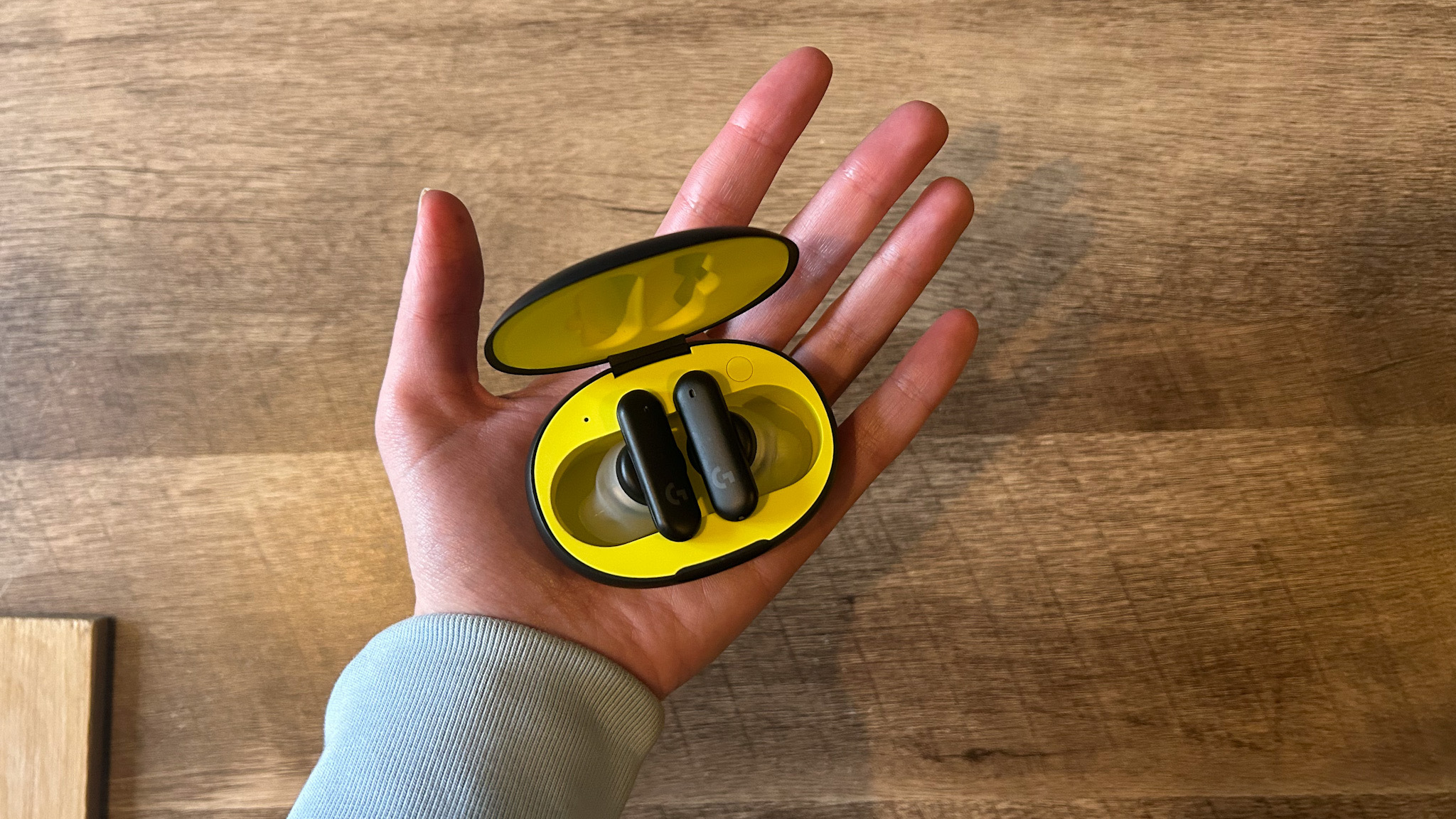
Straight out of the box, I was unable to swap between Bluetooth and Lightspeed on my PC with any real reliability. It would happen sometimes, I’d come back to another session later on, and the three taps required would fall on deaf earbuds. It’s also tricky to connect to another device on Bluetooth if you’ve forgotten you’re already connected somewhere else via Lightspeed – something that regularly took me by surprise when testing between mobile and PC. Even when successfully connected via Bluetooth, the G Fits app struggled to recognize the same connection, often spinning its loading bar out or displaying a ‘not connected’ message until I force quit the app. Similarly, playback controls while in Lightspeed mode are off the table.
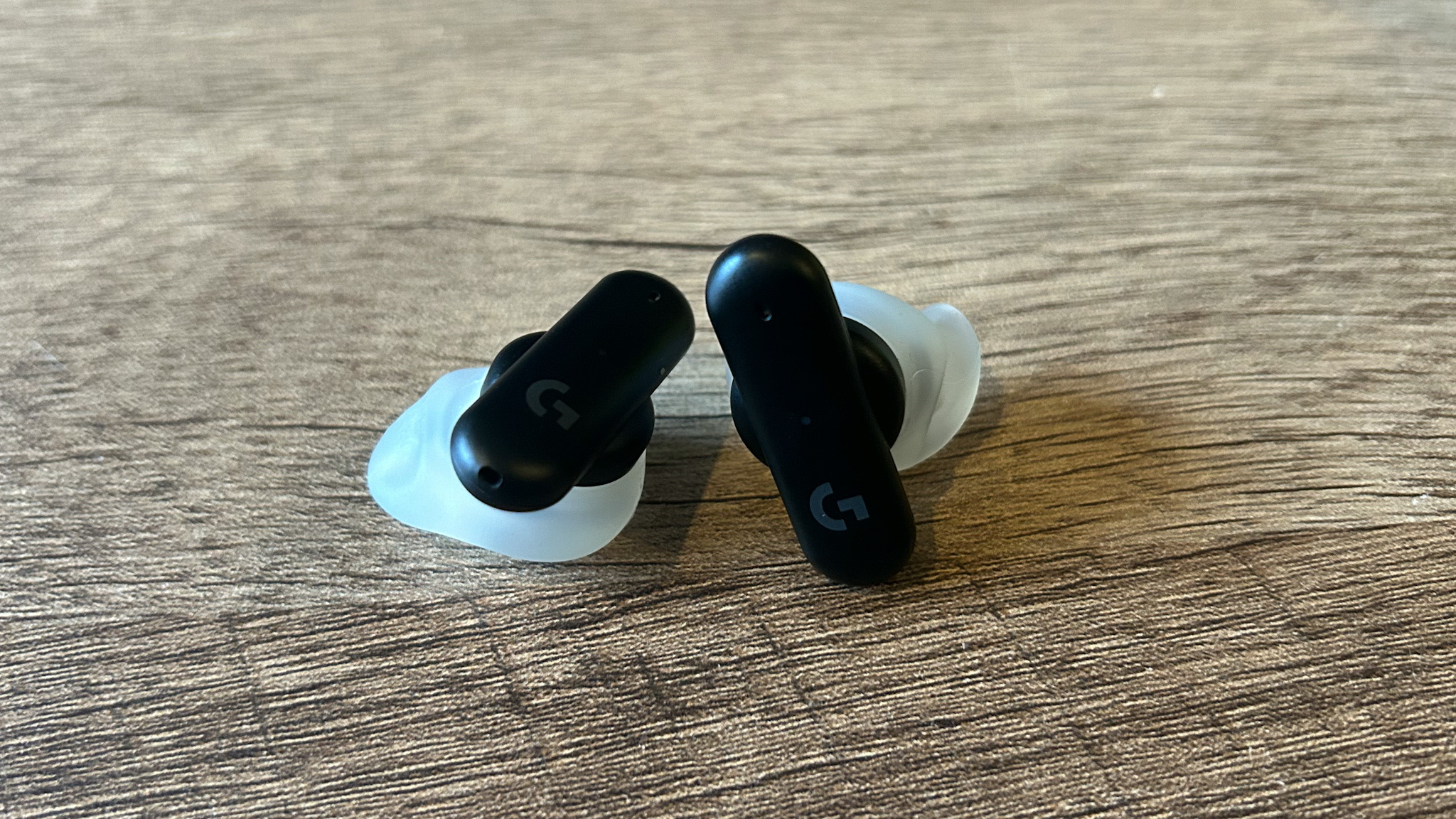
Onboard controls are slim, and frustratingly split across Lightspeed and Bluetooth connections. I had to manually set up a volume control (set to a single tap on each earbud), which did allow me to easily play on PS5 after a few frustrating sessions of using in-game settings. However, if you’re looking to listen to some music on your PC away from games, it’s best to stick to Bluetooth. You’ll only have the option to play/pause using a double tap in Bluetooth mode, while you can assign volume and track selection options for Lightspeed in the app. That’s frustrating, considering I found the quality of music to be vastly superior when connected via the Lightspeed dongle.
That said, you’re getting a nice range of EQ options, with individual presets available for FPS and MOBA / RPG titles. Not only that, but as a lover of podcasts I particularly appreciated the Spoken Word option, which did far more to round out the human voice than other options. The default ‘G Signature’ soundscape was by far the weakest on offer, a jack-of-all-trades option that flattened everything to appeal to the widest range of uses possible.
Performance
- Lacking in bass ranges
- Not strong enough to support finer details of certain genres
- Strong performance in busier soundscapes
If you’re after a set of earbuds to do it all, the Logitech G Fits will certainly slot into your setup. However, it’s extremely difficult to produce a set of earbuds that can handle movies, games, and music well. Unfortunately, the G Fits do stumble at this hurdle. While in-game soundscapes were well represented when at their most ‘gamey’, the G Fits struggled with more sparse environments and delicate audio cues. Doom Eternal, for example, sounded great.
I personally prefer a little more bass, but gunshots were clear and detailed, enemy sounds were clear and directional, and there was a richness to the full tapestry that impressed me considering the 10mm drivers plugged into my ears. It’s these more frenetic shooters where the Logitech G Fits find themselves most at home. There’s a crisp clarity to each shot, manoeuvre, and explosion that balances nicely against a soundtrack that makes good use of the full range.
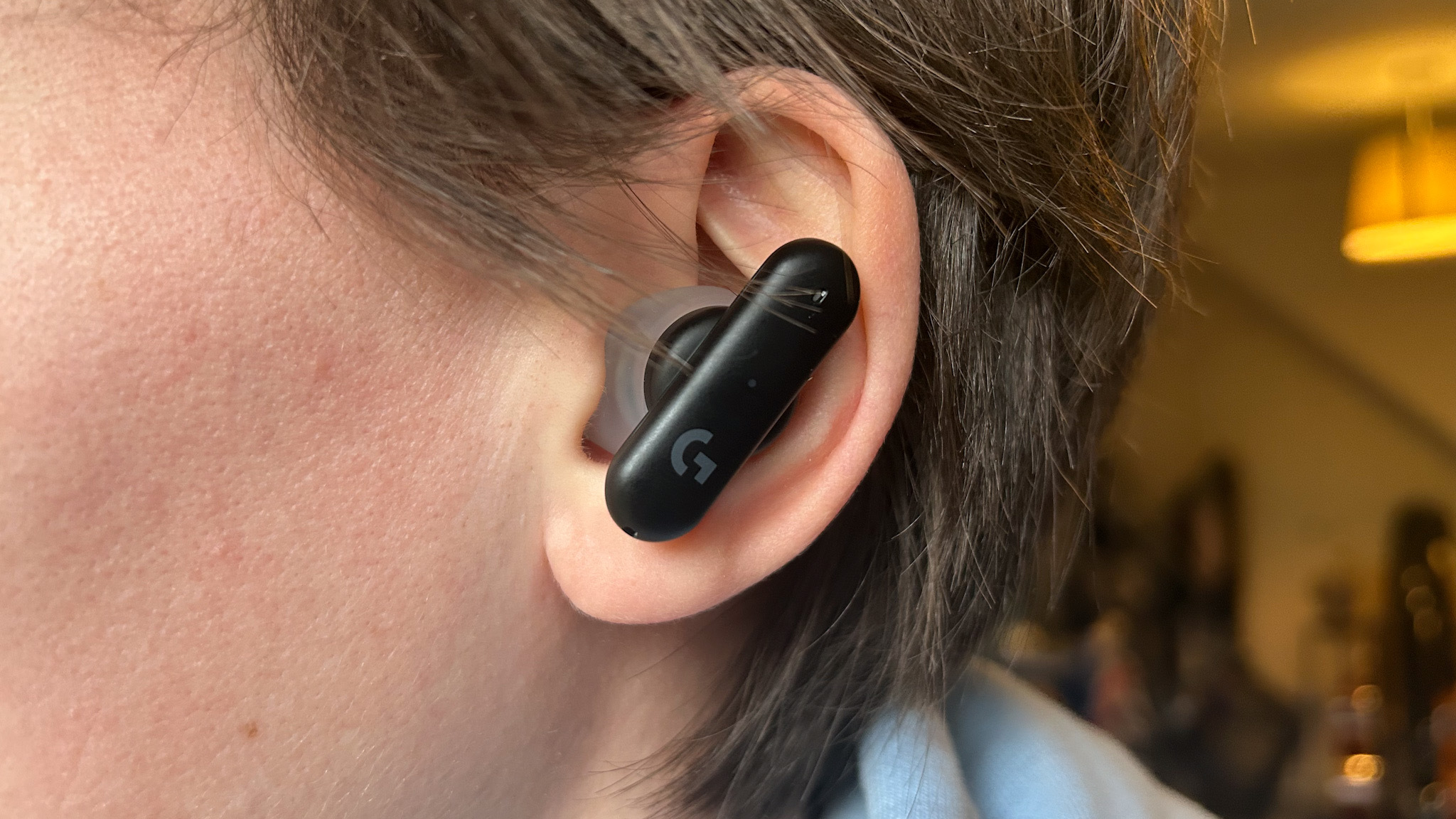
However, switching gears to The Last of Us Part 2 was troublesome. These quieter, more atmospheric scenes didn’t shine through with the same vibrancy. The sounds of clickers clacking away into the darkness of a courthouse were flattened against Ellie’s crunching footsteps. Out in the open, the stillness of an abandoned Seattle was ruined by the multitude of delicate sound effects, all competing for my attention at the same level. The Logitech G Fits go all in, but that’s not necessarily what you want for all genres, especially when there’s a noticeable lack of punch from the bassiest ranges.
I noticed this drop in the lower end of music the most, though. Yes, I do lean towards tunes that make full use of these lower ranges, but artists like Grandson and The Black Keys felt like they were lacking half the track. There was a distinct lack of oomph here, one that readily breaks through on my AirPods Pro. When these bass registers are mixed with more intricate highs and mids, though, the G Fits fare significantly better. Tom Misch’s Geography was particularly well-rounded and enjoyable through these buds, with the more delicate play between ranges represented excellently.
Should you buy the Logitech G Fits?
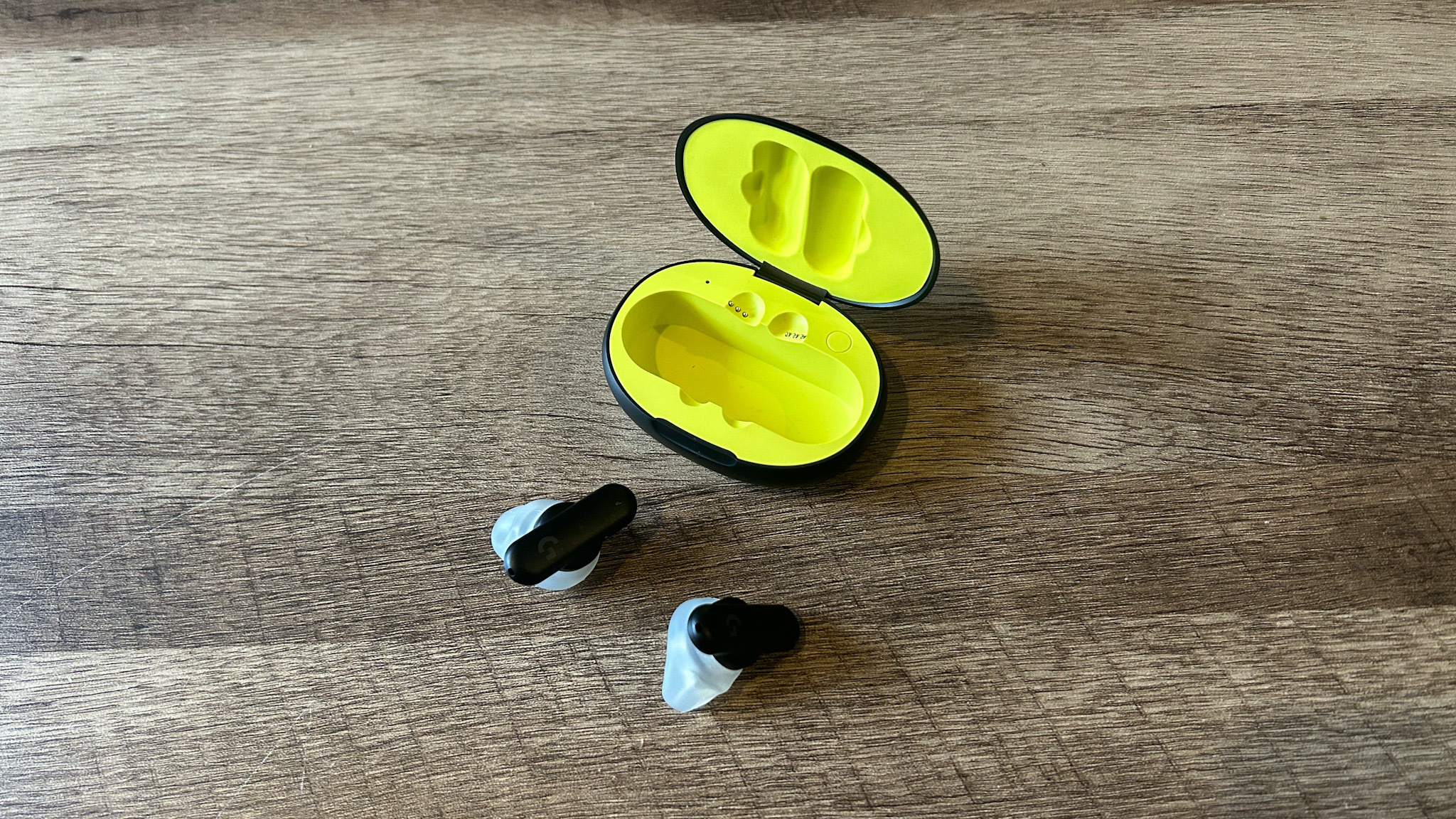
At $229.99 / £229, the Logitech G Fits are just too pricey to recommend. For this cash, you’ll want audio that impresses no matter what you play and no matter which device you’re using to play it. Of course, that’s far easier said than done when it comes to more portable gaming earbuds, but there are cheaper options out there that get far closer to such an ideal.
The EPOS GTW 270 Hybrid earbuds, for example, clock in at $149 / £129 and pack excellent sound quality and the ability to connect via both 2.4GHz and Bluetooth. Yes, you’re picking up an older Bluetooth 5.1 protocol, but if you’re primarily playing competitively on PS5 or PC it’s not going to matter too much. You’ll also benefit from charge indicators on the case, a boosted battery life, and the option to change earbud tips for greater flexibility. There’s one caveat to this perfect package, though, the lack of a mic in 2.4GHz. That means you’ll be limited to that slower Bluetooth 5.2 connection if you’re playing competitive online games, which is a little counterintuitive.
I’ve also been testing the Logitech G Fits against the Razer Hammerhead HyperSpeed, though, and already Razer’s option has overtaken Logitech. Between active noise cancellation, even better battery life, and superior case materials, it’s the go-to for anyone after a well-rounded set of earbuds for gaming.
| Specs | Logitech G Fits | EPOS GTW 270 Hybrid | Razer Hammerhead HyperSpeed |
|---|---|---|---|
| Price | $229.99 / £229 | $149 / £129 | $149.99 / £149.99 |
| Connection | Lightspeed / Bluetooth 5.2 | 2.4Ghz / Bluetooth 5.1 | 2.4GHz / Bluetooth 5.2 |
| Dual connection | Yes | Yes | Yes |
| Frequency response | 20Hz – 20kHz | 20Hz – 20kHz | 20Hz – 20kHz |
| Microphone | Dual beamforming | Dual beamforming | Omnidirectional |
| ANC | None | None | Yes |
| Additional ear-tips | None | XS, S, M, L | S, M, L |
| Battery | 7 hours (Lightspeed) + 8 hours with case / 10 hours (Bluetooth) + 12 hours with case | 5 hours + 15 hours with case | (ANC off) 6.5 hours + 26 hours with case |
| Compatibility | PC, PS5, PS4, Nintendo Switch, mobile | PC, PS5, PS4, Nintendo Switch, mobile | PC, PS5, Nintendo Switch, mobile |
How we tested the Logitech G Fits
I used the Logitech G Fits earbuds over the course of three weeks, using the buds for the majority of my daily music and play, and a handful of work meetings. In that time, I primarily tested using Doom Eternal and The Last of Us Part 2 on PS5, Sable on PC, and Dragon Quest Builders 2 on Nintendo Switch. I also tested the G Fits directly against the Razer Hammerhead HyperSpeed and AirPods Pro. For more information on how we test gaming headsets, check out the full GamesRadar+ Hardware Policy.
We’re also rounding up plenty more of the best wireless gaming headset and the best PC gaming headsets as well. Or, for something more portable, check out the best Nintendo Switch headsets on the market.




